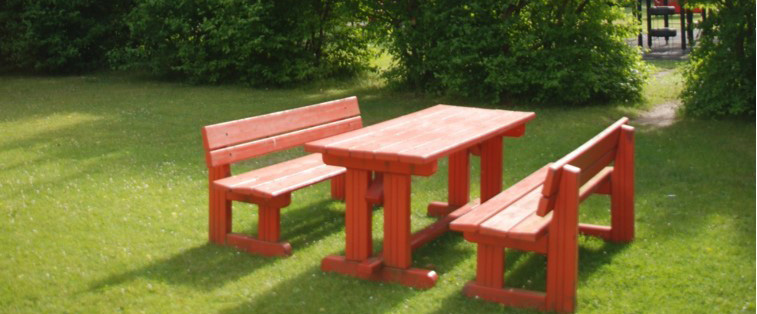
Modelling Social Housing
The Relational Aesthetics of European Social Housing Estates
20th-21st April 2023
An International Interdisciplinary Conference Hosted by the National Museum of Denmark and Aarhus School of Architecture
With this conference, we aim to fundamentally recast our understanding of the relationship between architecture and social life in order to suggest new designs and innovative solution models for building socially and environmentally sustainable urban environments. Participants will in a joint effort investigate the dynamic and co-constitutive relationship between social life and the built environment in social housing estates in European cities spanning past, present, and future perspectives.
The speculative claim that we want to explore is that the daily routines that connect residents and architecture give rise to new and sophisticated social-cum-material models developed from within the housing estates. We suggest that by experimentally exploring the intricate relationship between social life and the built environments, we may develop a dynamic and immediately applicable archive of what we define as 'social urban models', that is, operative templates for sustainable urban development based on existing social and architectural resources in present and past social housing estates.
From its conception, social housing has been crucial for imagining, making and experiencing European welfare societies. As such, a key characteristic of social housing is that it has always been susceptible to the tinkering with and manipulation of political and societal ideals, prone to re-conceptualizations, reframings, and social and physical alterations. Recently, socio-political and environmental challenges have critically reconfigured the relationship between the welfare state, the built environment, and social life in many European cities and we see an increased tendency towards the decentralization of welfare provisions and a push for local communities to assume an active role in the social and environmental sustainability of the cities. With this conference, we speculate that we need to capture the productive 'model-making capacities' embedded in these processes. Based on the local (modular) regularizations that emerge from the repeated engagements between differently positioned urbanites and the built environments of social housing estates, might we develop more sophisticated and genuinely engaged social urban models for participatory urban development?
